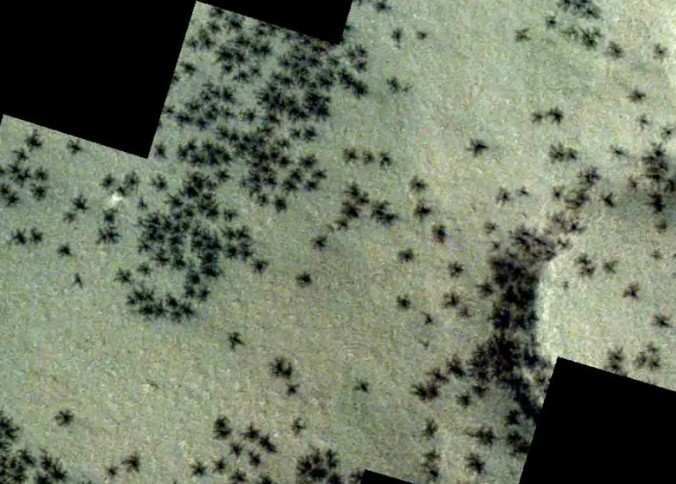Launched in 1990, the Hubble Space Telescope NASA and ESA, is one of the best tools available to science to probe the depths of the universe. It is true that it was downgraded with the advent of the James Webb Space Telescope, however, that does not mean it should be discarded. Its database continues to contain information essential to understanding the universe.
That’s why, like James Webb, we’re going to elaborate on five of the best images taken by NASA and NASA’s Hubble. Nebulas, interacting galaxies and even the pillars of creation appear in amazing captures from space telescopes.
The Hubble Space Telescope has taken millions of images since its launch in 1990. Here are five of the best of them:
- Pillars of Creation: This image of the Eagle Nebula shows three pillars of gas and dust being eroded by radiation from young stars. The pillars are as large as our solar system, but are about 7,000 light-years away.
- Hubble Ultradeep Field: This film is one of the deepest images of the universe ever made. It shows thousands of galaxies, some of which date back to the early days of the universe. The film was shot over 10 days, each accumulating 20 minutes of exposure.
:quality(70)/cloudfront-us-east-1.images.arcpublishing.com/metroworldnews/ZNNIXMBJG5CHXKUGFTEVZ35LEQ.jpg)
- Helix Nebula: A planetary nebula is a cloud of gas and dust surrounding a dying star. The nebula is shaped like a helix and is about 700 light-years away.
:quality(70)/cloudfront-us-east-1.images.arcpublishing.com/metroworldnews/NYEMLNYU2ZF6JPFK7VJA6SA2AY.jpg)
- Stephen’s Quintet: This galaxy is about 290 million light-years away. The quintet is an example of how galaxies can interact with each other.
:quality(70)/cloudfront-us-east-1.images.arcpublishing.com/metroworldnews/562JHMSGFBCXTNXJFWTTEFXHTQ.jpg)
- Stephen Quintet: This nebula is the remnant of a supernova that exploded in AD 1054. The supernova was so bright that it was visible to the naked eye for months.
:quality(70)/cloudfront-us-east-1.images.arcpublishing.com/metroworldnews/PJ7UL4GSSJBWTH44KLZWSAXW6U.JPG)

:quality(70)/cloudfront-us-east-1.images.arcpublishing.com/metroworldnews/LMCOUWAY5JG3HHQ3VBAMNZVBBM.jpg)

:quality(85)/cloudfront-us-east-1.images.arcpublishing.com/infobae/SMPW7M5BQFERBOQUPJXKCOKARY.jpg)
:quality(85)/cloudfront-us-east-1.images.arcpublishing.com/infobae/NP5NEZXMZFGNLBHNEQJHPJVMKM.jpg)
